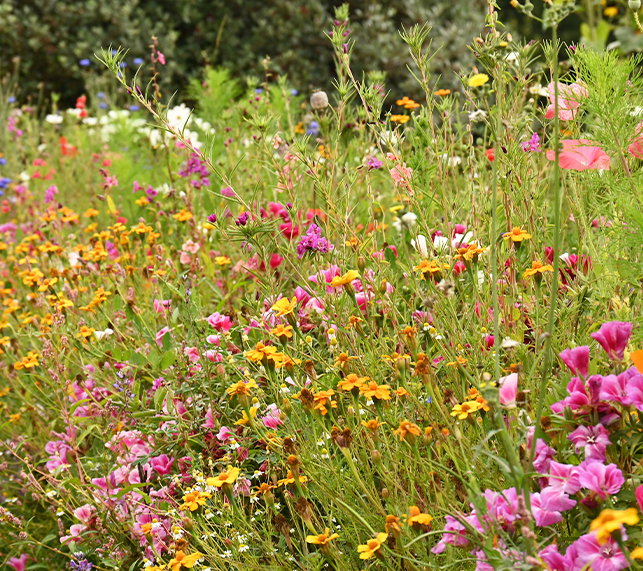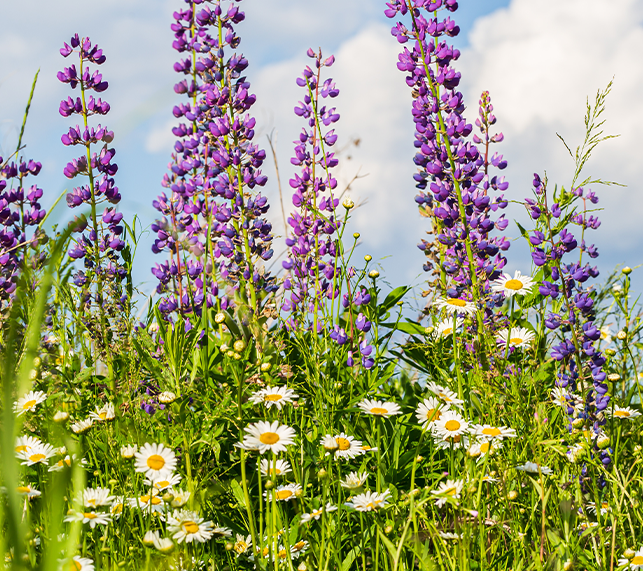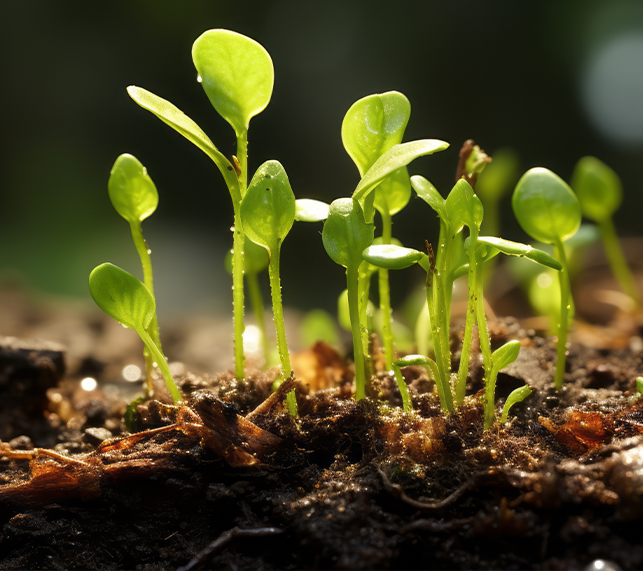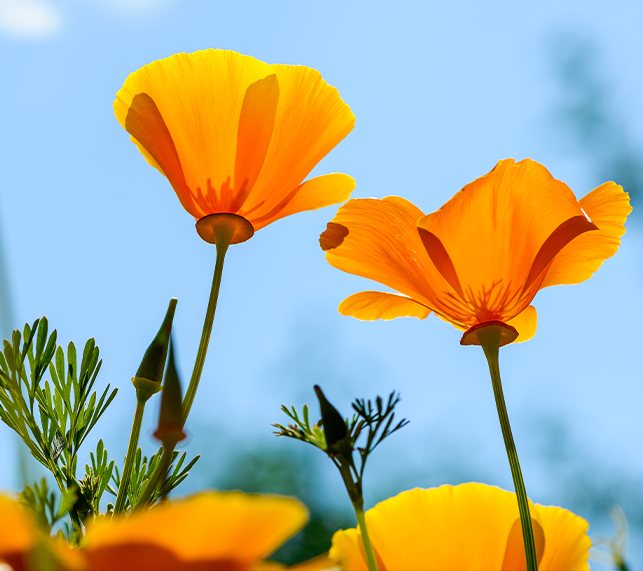
Sowing Wildflower Seeds In Fall

Sow Seeds Now For Spring Flowers
As the leaves start to change colors and the temperature drops, the idea of spring flowers might feel distant. However, autumn is actually the perfect time to sow flowering seeds, ensuring a vibrant display of spring blooms. In this blog, we will discuss the reasons to plant wildflowers in fall and tips for getting the seedlings through the winter.

Why Plant Wildflowers In Fall
Established Root Systems: Planting wildflower seeds in the fall allows them to develop strong root systems before the harsh winter sets in. This head start results in healthier and more robust plants come springtime.
Natural Stratification: Many wildflower seeds need a period of cold and moisture, a process known as stratification, to germinate successfully. Fall provides the ideal conditions for this natural stratification process to occur, ensuring a higher germination rate.
Less Competition: In the fall, most weeds are slowing down or going dormant. Planting wildflowers during this time gives them a competitive advantage, as they won’t have to compete as fiercely for resources.
Surprise Blooms: Fall-planted wildflowers often bloom earlier than their spring-planted counterparts, bringing an early dose of beauty to your garden.
Choosing What To Plant
When picking what flowers to sow we recommend choosing a diverse mix that includes different colors, heights, and bloom times. This variety ensures a constantly changing and visually appealing garden throughout the spring and summer months.
We also recommend mixing in native wildflowers as they are well-adapted to your local climate and soil conditions. They also support local pollinators and wildlife. Check out our large variety of flowering seed packets in store.
We also recommend mixing in native wildflowers as they are well-adapted to your local climate and soil conditions. They also support local pollinators and wildlife. Check out our large variety of flowering seed packets in store.

Preparing Your Garden For Seeds
Clear the planting area of any existing weeds and debris. In cases where the area is particularly overrun with weeds, consider placing cardboard over the weeds and adding a layer of compost, which helps create a weed-free space for your wildflowers to thrive without competition. Although wildflowers are typically resilient, they do flourish in well-draining soil. Enhance the soil structure by incorporating organic matter like compost to ensure optimal growth conditions for your wildflowers.

Caring For Your Flowers
Winter Protection: As winter approaches, mulch the planting area with a layer of straw or leaves to provide protection against harsh weather conditions.
Spring Maintenance: As soon as the ground thaws in early spring, continue regular watering. Once the wildflowers are established and growing well, they require minimal maintenance.
Enjoy the Blooms: Embrace the beauty of your wildflower garden as it bursts into life, attracting bees, butterflies, and other pollinators.
Spring Maintenance: As soon as the ground thaws in early spring, continue regular watering. Once the wildflowers are established and growing well, they require minimal maintenance.
Enjoy the Blooms: Embrace the beauty of your wildflower garden as it bursts into life, attracting bees, butterflies, and other pollinators.

